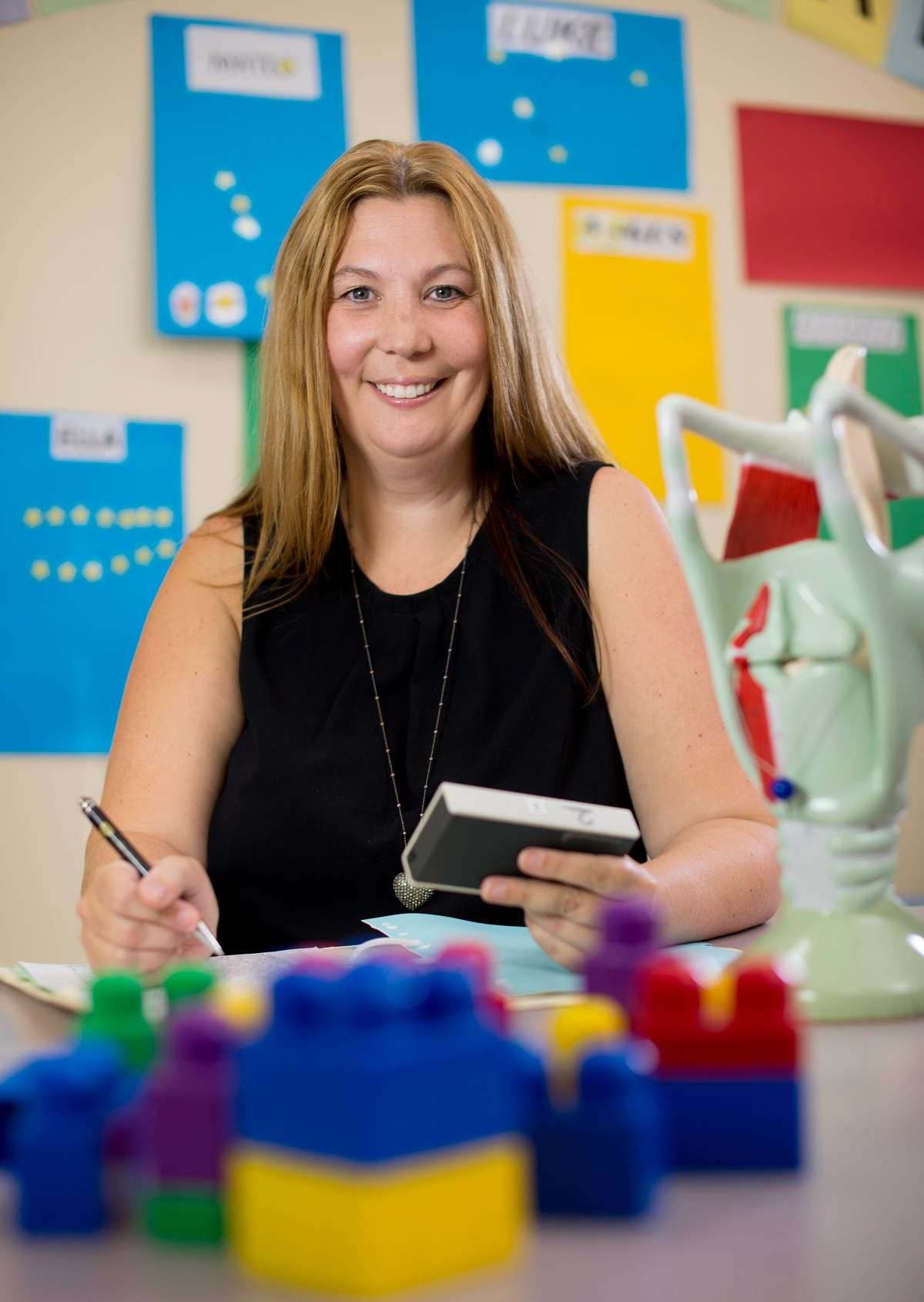Researcher Highlights
Rachael Unicomb is pioneering the treatment of co-occuring communication disorders
Dr Rachael Unicomb
Dr Rachael Unicomb has created preliminary guidelines for treating co-occurring stuttering and speech sound disorders at the same time. These guidelines are the first of this kind in almost 25 years. She is now looking to expand her study to a larger population.

Stuttering can have a long term impact on many aspects of an individual’s life. The true cause of stuttering remains unknown, although many studies indicate that this mysterious condition is most likely a problem related to neural speech processing.
Stuttering is thought to affect as many as approximately 12 percent of children up to the age of four years. More mysterious still is the fact in 30 to 40 percent of cases, stuttering is reported to co-occur with speech sound disorders.
Most children will make some mistakes with their sounds as they are learning to talk. A speech sound disorder occurs when these mistakes continue past a certain age.
In an earlier study, Rachael reported that many Australian speech pathologists will typically treat these two co-occurring disorders separately – often stuttering first then the speech sound disorder.
Rachael, a speech pathologist with a background working in early childhood intervention, finished her PhD in 2015 and says she has always been fascinated by speech sound disorders.
“It’s always been a clinical area of interest for me – why speech sound disorders occur and the clinical decision making around how we treat them,” she said.
“When I touched base with the person who would later become my PhD supervisor, Dr Sally Hewat, she suggested I consider stuttering disorders when they co-occurs with speech sound disorders. This is a really unchartered area. We know they co-occur a lot but there is actually no current evidence to suggest how to treat both disorders at the same time.”
After completing a series of qualitative interviews with Australian speech pathologists, Rachael discovered that clinicians were crying out for guidelines, particularly as the evidence for both disorders in isolation has evolved so much in the past couple of decades. This led to the main study in her thesis, looking at how to treat stuttering and speech sound disorders together using best practice treatment approaches.
Until now there has been doubt about the effectiveness of treating both disorders concurrently. For this reason, the study was conducted cautiously with a small number of children – single case studies – with very tight ethical protocols in place.
“We monitored the children’s progress very closely from week to week to ensure we weren’t making one or the other disorder worse by treating them both at the same time. As it turns out, we had successful outcomes treating this way for the majority of our participants.
“Off the back of my PhD research I am going to follow-up these participants in the long term, because we do know that stuttering is a relapse-prone disorder. It has been about two years since I finished treating these children and in that time, they have all started kindergarten, so I would like to check how they are going. We also know that even having a speech sound disorder in the preschool years can put a child at risk for later literacy development, so it would be good to follow up these variables.”
Rachael is also interested in delving deeper into the research that has looked at the rate of co-occurrence to date.
“Rates of co-occurrence are reported to be as high as between 30 to 40 percent, but that is largely based on a lot of retrospective file audit data and clinician feedback, so we need some stronger data to actually confirm these reports,” she explained.
“I am currently working with teams from the University of Melbourne and the Murdoch Children’s Institute on this project. They have a project and data set called the ELVS study (Early Language in Victoria Study), where they have prospectively followed a community cohort of almost 1,700 children from infancy who are now heading into adolescence. So it will be great to use some of this data – some prospective data – to look at the figures on co-occurrence.”
Rachael is also working on another project in speech sound disorders with Ms Joanne Walters, a fellow lecturer and researcher in speech pathology at the University of Newcastle, looking at the sounds “k” and “g”.
“Working clinically we see a number of children who are in Kindergarten and Year One who still may not have mastered those sounds – but the normative data, which is what informs our profession and what we use to base our decision-making on when we’re doing an assessment and considering treatment, says the sounds should be produced correctly at around three to three-and-a-half years of age,” she explained.
“It’s important because if a child comes in at four years of age and they haven’t acquired or mastered “k” and “g” the clinician might choose to work on that with the child, which could be costly to the service provider and caregiver, in terms of finance and time, particularly if perhaps the normative data, which is varied and dated, is perhaps underestimating the age of mastery for these sounds.”
Rachael hopes a preliminary study to further investigate speech pathologists’ perceptions on the acquisition of these sounds, will inform and lead to the development of a larger project to gather updated normative data for these consonants.
The University of Newcastle acknowledges the traditional custodians of the lands within our footprint areas: Awabakal, Darkinjung, Biripai, Worimi, Wonnarua, and Eora Nations. We also pay respect to the wisdom of our Elders past and present.
